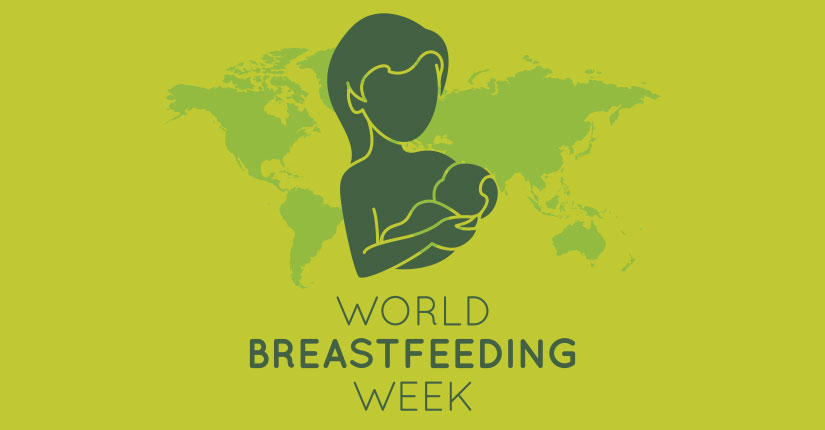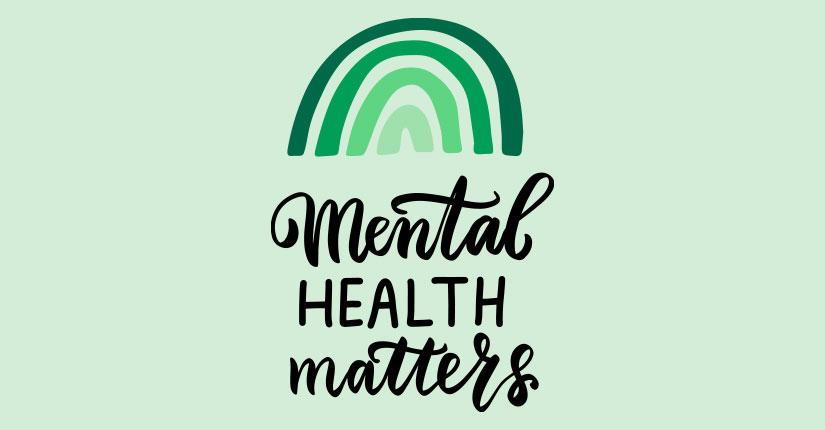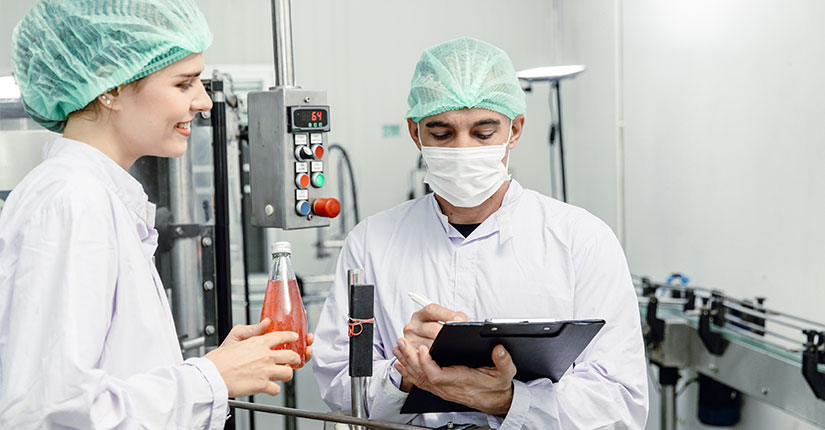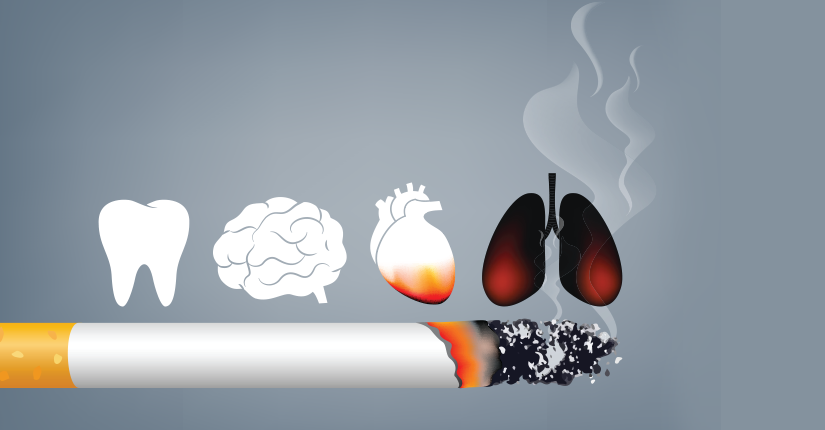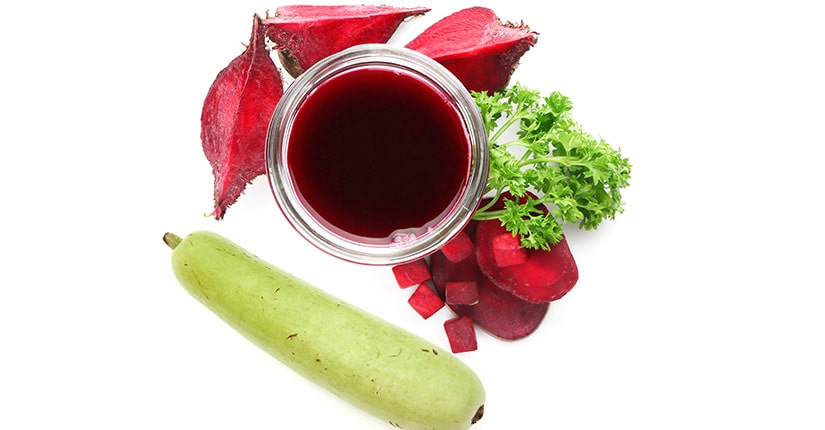Decoding Harmful Chemicals in your Vanity
By Nmami Agarwal 27-Jan 2020 Reading Time: 6 Mins
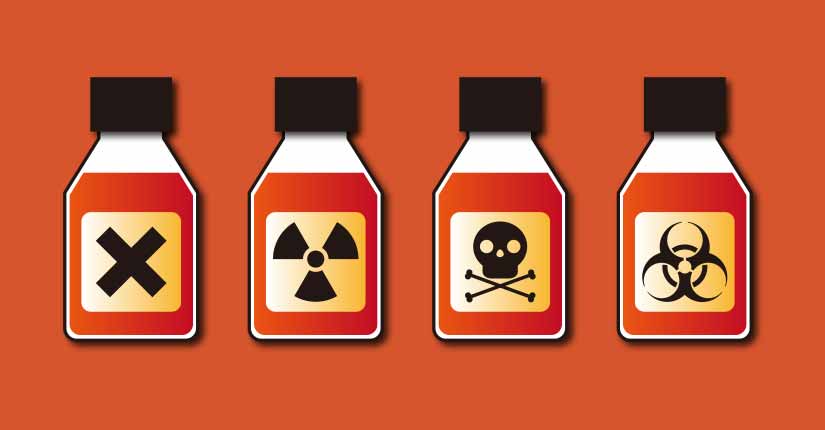
Most girls don’t miss the opportunity to apply a dab of foundation, winged eyeliner, blingy highlighter and a tint of lip colour especially during occasions. We all won’t mind giving a shy nod when someone would say that makeup adds the glow to your skin but did you know that it might also be a culprit to take away the natural radiance from your skin?
What ingredients are a part of your makeup is an important thing to know and to pay attention to:
Silicones
Silicon is a natural trace mineral and the second most abundant element found in the earth’s crust. In combination with oxygen, silicon forms “silica” or silicon dioxide which is essential in our bodies for flexible joints, glowing skin, and stronger nails, teeth, and bones Silicones are man-made chemicals created in the scientific set-ups like laboratories, and usually comprises of silicon mixed with other elements like carbon, hydrogen, and oxygen. The resulting compounds have been extensively processed—and are much different from the original ingredient which is why it is more harmful.
Lead
Since lipstick is easily ingestible, silicon is not added directly to our lipsticks. This harmful metal is frequently used as a colouring dye in lipsticks. An overdose has been linked to brain, nervous system disorders and blood disorders. The red, orange and brown shades of lipstick are made using synthetic iron oxide. Since the iron oxide is procured from natural sources, “impurities” like lead can make their way into cosmetics. Even when the product is washed off, some elements of this harmful metal remain in our skin. The constant use of the beauty product can result in the accumulation of the heavy metal, in severe cases, resulting in lead poisoning.
Parabens
One of the most commonly used chemicals in cosmetics and make-up items, parabens are added to increase the shelf-life of the product. Used as an antifungal agent, Methylparaben is a type of paraben added in our make-up products and is known to react with UVB rays leading to early skin-ageing and even DNA damage. Since most of the parabens appear to mimic the activity of estrogen in the human body, a concern that they may affect the endocrine system is always there.
Phthalate
Mostly found in adhesives, construction materials and even pesticides, Phthalates have made a way in the beauty and healthcare industry too. To your surprise, they are also used in nail polishes to increase their shelf lives as well as in hair sprays so they don’t dry up. What is appalling is that this industrial chemical has been linked to asthma, type II diabetes and even metabolic disorders. These don’t cause immediate health issues but some might appear after prolonged and frequent use of product with phthalates.
Oxybenzone
Oxybenzone is used in sunscreen lotions protects you from potential sun damage and UV rays. This harmful chemical has been linked to hormonal problems but also, severe coral destruction despite being a naturally-occurring chemical found in flowering plants. The startling fact is that people depend on sunscreens the most when on the beach vacations, and this very protection harms our marine life. But you can also opt for excellent Oxybenzone-free options which are thankfully available.
Footnote
The makeup industry has been a boon and a bane and they continue to add chemicals like carbon black to coal tar and carcinogens to skin care and personal care products. These could also result in skin irritation, acne, premature aging and discolouration in some cases. Save your skin from these harsh chemicals and use make up cautiously or rather opt for easy home-made DIYs to add natural glow to your skin.



